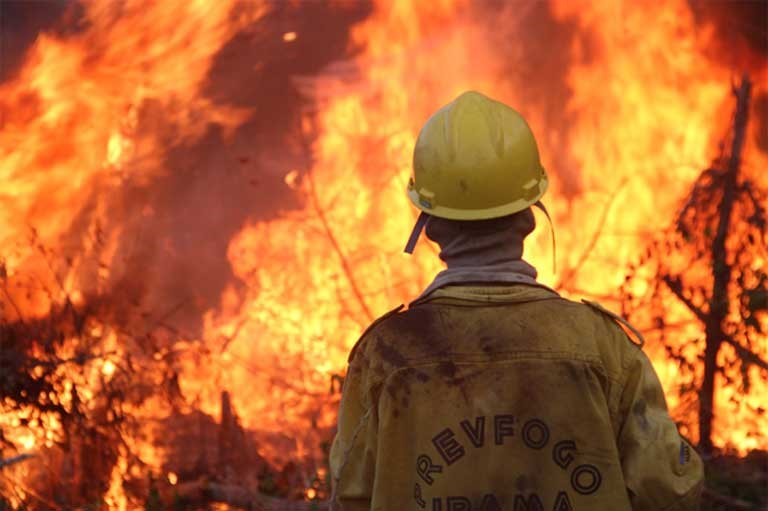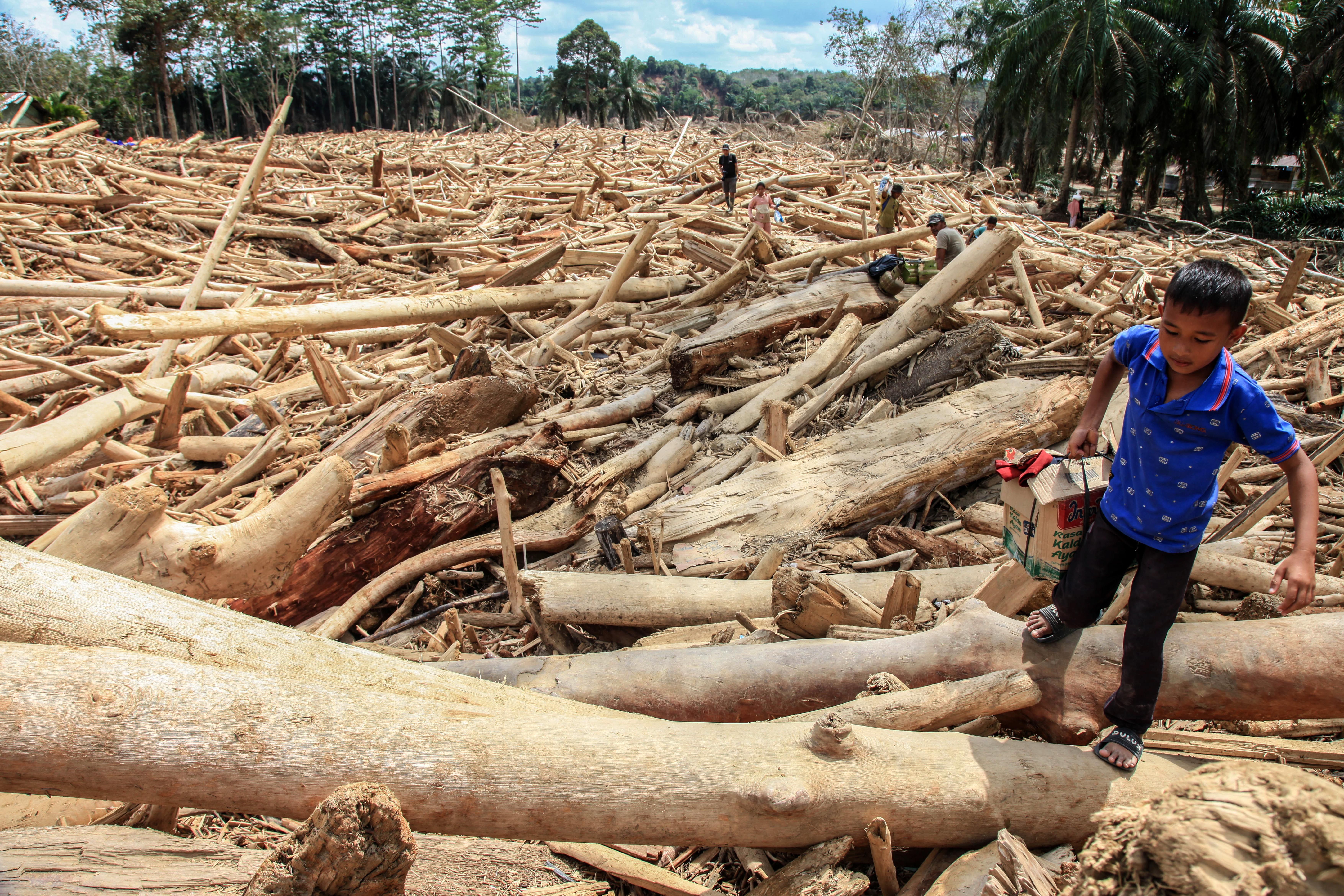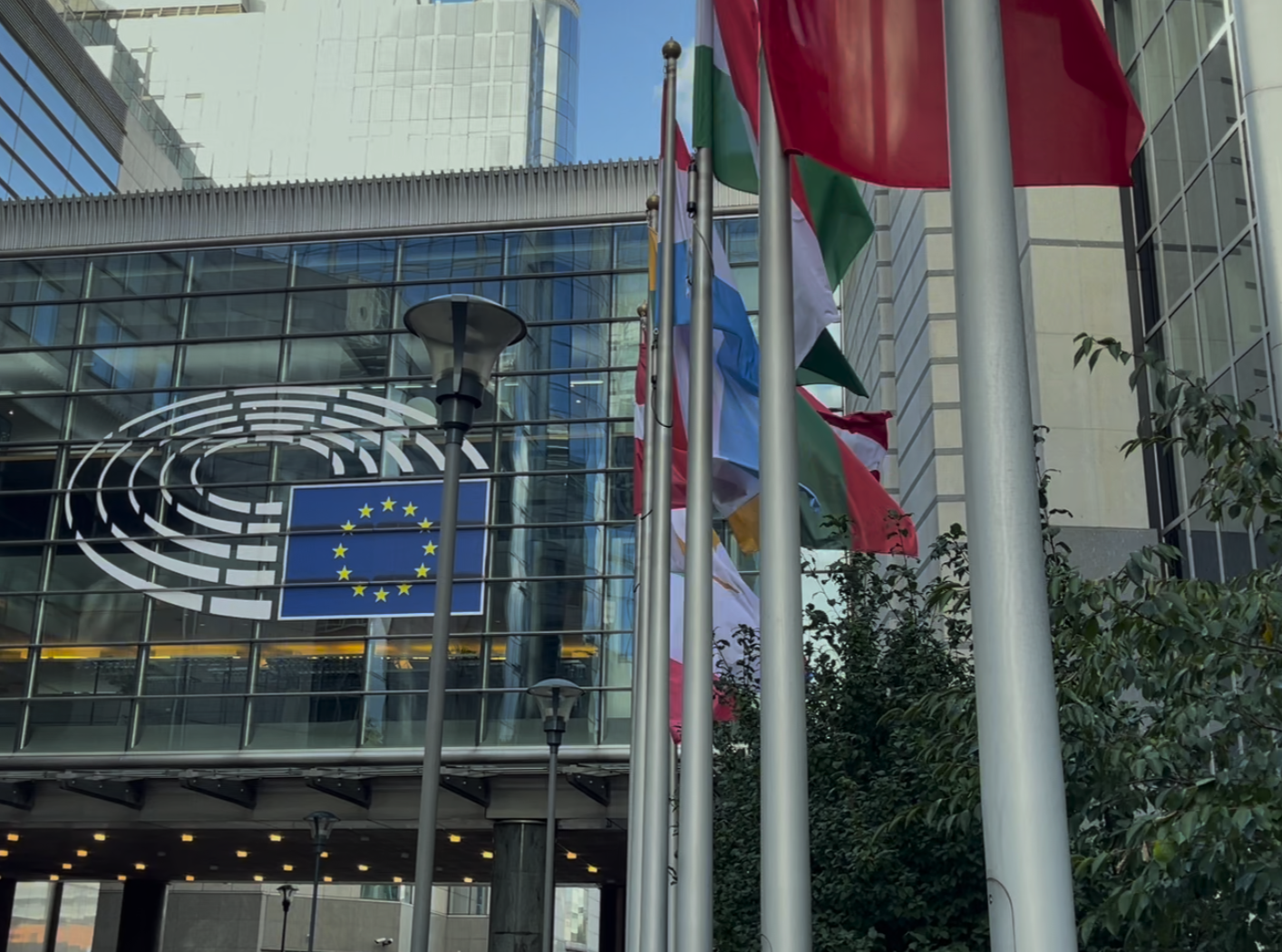
Nearly 26,000 fire alerts were issued in the Brazilian state of Pará during a one week period in December.
Brazil experienced record increases
in forest fires last year, with over 275,000 fire alerts. The rise has been
attributed to the expansion of agriculture and weakened regulatory bodies.
In just one week in December, nearly 26,000 fire
alerts were issued in the Brazilian state of Pará, in the Amazon biome.
Historic data produced by the Brazilian National Institute for Space Research
(INPE) shows that 2017 was the year with the highest number
of fires in the state since records began in 1998.
INPE has
associated the continual rise in illegal deforestation in Brazil over the past
five years to the new forest code approved in 2012, which introduced amnesty to
criminal deforesters.
Environmental organisations have denounced the drastic cuts to
the budgets of environmental and indigenous enforcement agencies under the
current administration of President Michel Temer as one of the main factors
behind the agencies’ shrinking ability to prevent fires.
September was the worst month
in 2017, registering the highest number of forest fires ever recorded in a
single month, with more than 110,000 fires destroying natural vegetation in
several Brazilian biomes
That month, the Guardian reported that
the main causes of these record-breaking trends were “the uptick to the expansion
of agriculture and a reduction of oversight and surveillance”.
Half of the fires in September occurred in the Amazon. 2017
was the second worst year on record for the biome.
The second most affected biome in 2017 was the Cerrado,
with around 41,000 fires. The Cerrado has seen significant increases in
pasture and cropland in recent years.
Several of these fires took place within protected areas and indigenous reserves. The World Resources Institute (WRI) estimates that the Kayapó Indigenous Territory – in Pará – lost 24,000 hectares (ha) of forest between October and December.
According to the organisation: "[T]he recent deforestation is likely due to fires in areas previously degraded by
logging and other extractive activities."
Still in Pará, only 25 kilometres from the Kayapó territory,
the Xikrin do Rio Cateté Indigenous
Territory lost an estimated 10,000ha of forest in the same period. WRI has also linked this deforestation to fires.



